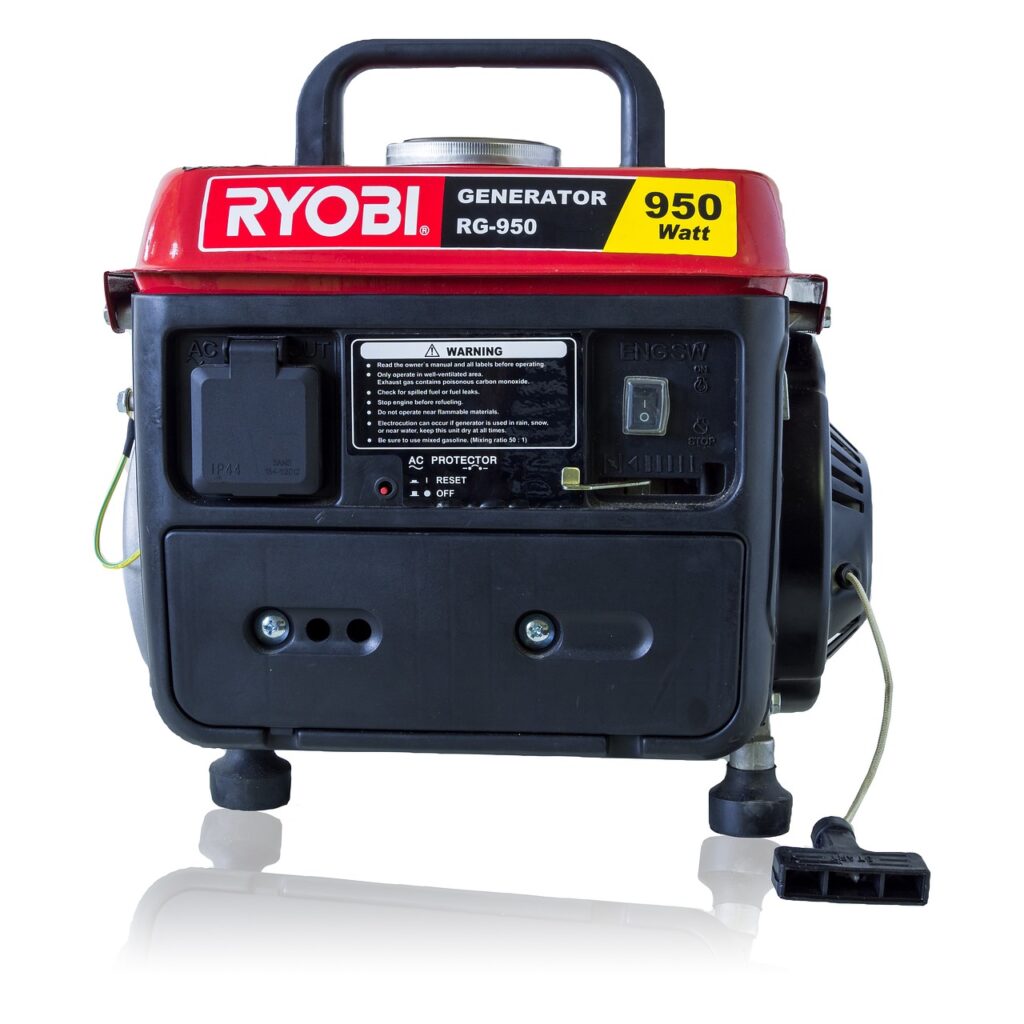Manufacturing process automation has improved efficiency, improved quality control, and saved significant amounts of money. Welcome to the future of manufacturing! We’ll explore three ways automation transforms manufacturing in this blog, providing real-life examples. Join us for streamlined production and increased profitability!
Benefits of Automation in Manufacturing Processes:
In the future of manufacturing, automation emerges as a transformative force, reshaping business operations in several key ways. Enhanced efficiency and productivity characterize a landscape where automation handles repetitive tasks, allowing the workforce to focus on complex, value-added activities. As a result, production time is reduced, output is increased, and customer needs can be met faster.
By automating quality control, human error is eliminated and product quality is consistently high. Enhanced customer satisfaction and a substantial reduction in defects, rework, and recalls result from automated inspection and measurement systems that contribute to unwavering quality control.
While the initial investment in automated machinery or software may raise concerns, the long-term benefits are substantial. Automation not only reduces labor costs associated with manual operations but also enhances overall productivity without sacrificing accuracy. It is viewed not just as a cost-cutting measure but as a strategic financial move.
Automation extends beyond machinery, encompassing resource optimization. Precision monitoring of energy consumption allows for identifying areas for improvement and achieving optimal efficiency. This approach aligns with responsible business practices, offering not just sustainability but a journey toward cost-effectiveness.
The call to action is clear – embrace the power of automation now. It’s not just about staying ahead; it’s about leading the charge in a dynamic market landscape. The future promises a symphony of efficiency, productivity, and quality orchestrated by the transformative force of automation.
Top 3 Ways Automation Can Revolutionize Manufacturing Processes:
Embark on a journey into the future of manufacturing with the Top 3 Ways manufacturing process automation:
Top 1: Increased Efficiency and Productivity
In a world where automation reigns, countless benefits emerge, revolutionizing efficiency and productivity. By automating repetitive tasks, operations become streamlined, achieving peak output without sacrificing quality. Visualize machines maintaining a steady pace, promptly meeting customer demands without the need for breaks. Speed and accuracy are improved by automation, which reduces human errors and increases quality control. This is especially true in systems using specialized components like custom gaskets, which are designed to ensure reliable seals and enhance machine performance in automated environments.
With real-time data collection, manufacturers can streamline workflows, identify bottlenecks, and make informed decisions without having to conduct manual inspections. By ensuring seamless manufacturing operations, automation ensures top-notch quality standards while optimizing output. This efficiency allows the workforce to focus on complex tasks, promoting critical thinking.
Top 2: Improved Quality Control
Enter the realm where automation is the linchpin in elevating quality control within manufacturing processes. It introduces cutting-edge technologies – sensors, cameras, and machine learning algorithms – that monitor product standards in real time, promptly detecting defects or inconsistencies. This departure from manual inspections minimizes human error, elevates accuracy, and ensures continuous monitoring throughout production cycles.
Automated quality control systems offer valuable insights for process optimization because they go beyond defect detection and become virtuosos at analyzing large amounts of data. It is clear that automation impacts quality control in many ways, from enhancing consistency to reducing waste. In the fiercely competitive manufacturing industry, this ultimately results in heightened customer satisfaction.
A key part of this seamless quality control is effective communication between machines, and that’s where a bluetooth module can come in. By enabling wireless data transmission from sensors and cameras to a centralized system, Bluetooth technology can allow manufacturers to track real-time production data without the hassle of excessive wiring or manual checks. This makes it easier to spot issues early, maintain high-quality standards, and ensure every product meets expectations.
Top 3: Cost Savings for Businesses
Navigating the intricacies of a manufacturing business demands a keen focus on cost savings, and the beacon of transformation in this realm is none other than automation. Here, we unravel three pivotal ways automation can be the key to unlocking significant cost savings in your manufacturing process:
1. Labor Cost Reduction
Picture this – automation seamlessly takes the reins of repetitive tasks, liberating your workforce to engage in value-added activities that call for human expertise. The result? A surge in productivity without the need for extra hires, translating into tangible savings on wages and benefits.
2. Improved Material Utilization and Waste Reduction
Enter the era of automated systems ensuring precision in measurements and controlled processes. Say goodbye to errors and excess material usage. This optimization not only slashes raw material expenses but also upholds a consistent standard of product quality, making every resource count.
3. Streamlined Supply Chain Management
Automation steps up the game by elevating your control over inventory and slashing lead times through real-time tracking. Picture the power to maintain optimal stock levels, steering clear of overstocking or stockouts. The outcome? Shortened lead times leading to quicker customer deliveries, a surefire way to elevate satisfaction and trigger repeat orders.
Embracing automation in your manufacturing process is not just a strategic move; it’s a beacon for clear financial benefits across businesses of all sizes. From trimming labor costs to fine-tuning material usage and optimizing supply chain management, automation stands as the catalyst for substantial and enduring cost savings. It’s not just a change; it’s a transformation that echoes through your bottom line.
How to Implement Automation in Your Manufacturing Process: Steps and Considerations
Step into the future of business efficiency with automation! It’s not just a trend; it’s the key to transforming productivity and staying ahead in today’s fast-paced industry. Explore this thrilling journey of innovation with key steps:
- Assessment of Current Processes
Identify areas for automation by focusing on repetitive or precision-demanding tasks.
- Research Automation Technologies
Explore a range of technologies, considering factors like cost, compatibility, and scalability.
- Create a Detailed Implementation Plan
Develop a comprehensive plan encompassing timelines, resource allocation, training, and risk management.
- Start with Pilot Projects
Testing the technology, identifying issues, and refining processes should begin with small-scale pilot projects.
- Invest in Employee Training
Provide thorough training to ensure the effective operation of new equipment or software, helping employees embrace their new roles.
- Regular Performance Evaluation
Continuously assess the performance of automated systems, making adjustments for ongoing improvement and efficiency.
- Address Organizational Culture
Recognize that successful automation involves cultural shifts; communicate openly with employees, involving them in the process to mitigate resistance.
It is important to remember that successful automation requires both technological integration and organizational cultural change. By carefully planning, implementing, and monitoring your manufacturing processes, automation can transform your business, boosting your success.
Case Studies: Real-Life Examples of Successful Incorporation of Automation
Welcome to the success stories of the manufacturing revolution! Imagine the impact of automation as it takes center stage, transforming industries with real-life triumphs. Embark on a thrilling journey across sectors harnessing automation’s power!
Automotive Industry
Envision a leading global automotive powerhouse enhancing efficiency and quality by introducing robots to conduct welding and painting tasks on the assembly line. The result? Marked reductions in errors, a significant acceleration in production speed, and a noteworthy surge in product quality, ultimately leaving customers thoroughly delighted.
Pharmaceutical Manufacturing
Picture a pharmaceutical plant seamlessly coordinating its packaging process with automation, eliminating bottlenecks, and eradicating human error. The impact extends beyond enhanced product labeling accuracy; it involves reclaiming time previously consumed by manual labor—a definitive prescription for success in the pharmaceutical manufacturing domain.
Food Processing
Step into a food processing facility where smart sensors seamlessly integrate into the production line. These vigilant sensors monitor temperature levels, ensuring safety compliance and minimizing the risks of contamination or spoilage. The result? A recipe for consistent high-quality products and a significant reduction in waste.
Now, embrace the wave of technology-driven advancements, particularly the marvel of process automation. It’s not just about efficiency; it’s about unlocking the potential for reliable quality control and paving the way for substantial cost savings in your manufacturing processes. Buckle up for the journey to redefine success in the world of automation!
Potential Challenges and Solutions for Implementing Automation in Manufacturing
Welcome to the exhilarating realm of manufacturing evolution! While automation promises boundless benefits, navigating its implementation journey is no stroll in the park. Let’s dive into the dynamic challenges and unveil strategies to conquer them like champions.
1. Initial Cost Concerns
Challenge: Initiating an automated system incurs hefty expenses in equipment, software, and employee training.
Strategy: Engage in a comprehensive cost-benefit analysis, showcasing the long-term savings. Explore financing avenues or forge partnerships to alleviate the initial financial strain.
2. Integration into Workflows
Challenge: Weaving seamlessly into existing workflows demands coordination and may encounter resistance to change.
Strategy: Lay the groundwork with clear communication channels, conduct engaging training sessions, and roll out programs that portray automation as a catalyst for success, not a looming threat.
3. Cybersecurity Risks
Challenge: The surge in connectivity via IoT raises the specter of cyberattacks on critical infrastructure.
Strategy: Collaborate with IT maestros to fortify the defenses with robust cybersecurity measures from the get-go, shielding against potential threats.
4. Collaboration Among Stakeholders
Challenge: Integrating successfully relies on collaboration among all stakeholders, from engineers to frontline workers.
Strategy: Foster a culture of collaboration, guaranteeing efficient communication and the active engagement of all stakeholders in the decision-making process.
5. Change Management
Challenge: The resistance to change can cast a shadow on automation adoption by the workforce.
Strategy: Employ smart change management strategies, highlight automation’s merits, and provide comprehensive training programs to prepare employees for a tech-driven future.
Master manufacturing challenges with meticulous planning, proactivity, and collaboration, unlocking automation’s potential. Embrace the technological revolution for heightened efficiency, quality control, and substantial cost savings. Get ready to revolutionize your manufacturing game!






